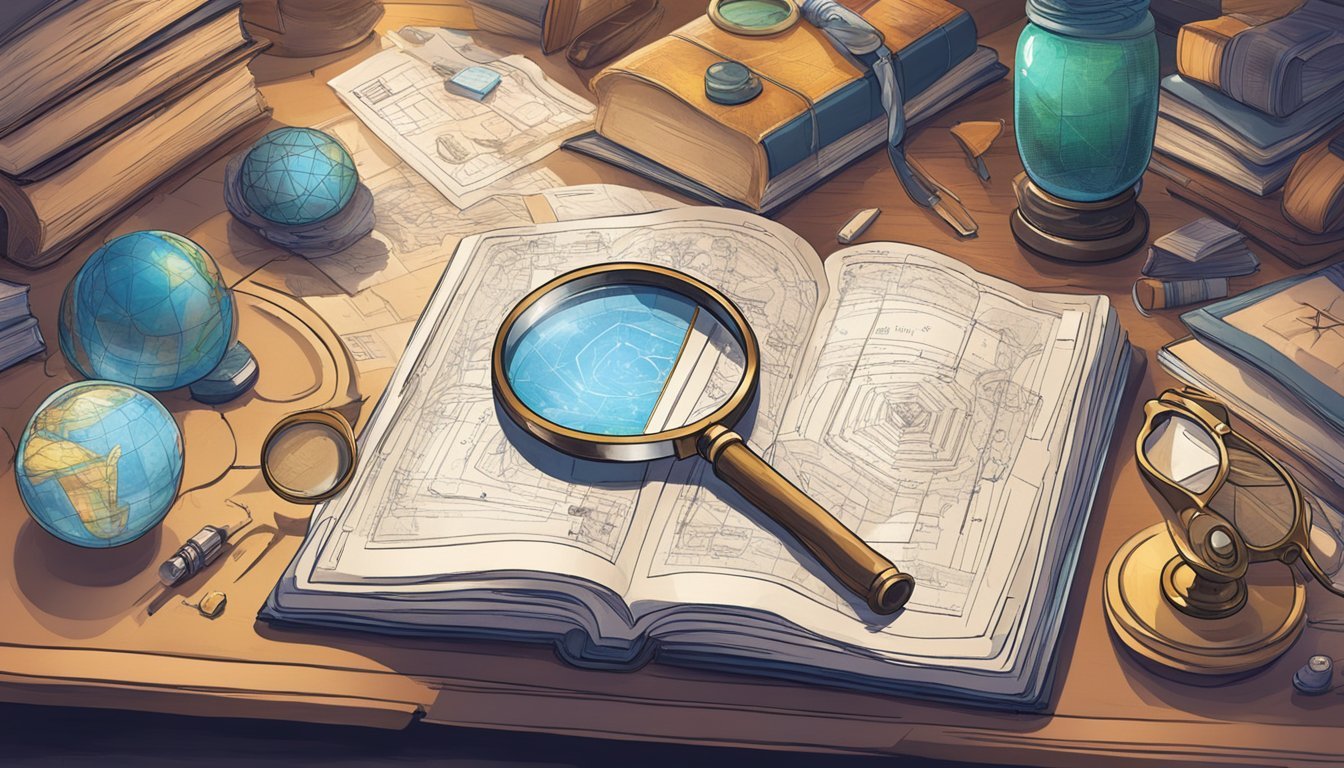Dreams and Their Interpretation: Unlocking the Secrets of Your Subconscious

Dreams can often feel like a mystery, leaving you wondering what they mean.
Whether you’re dreaming about falling or being chased, these nighttime visions can stir up all kinds of emotions. Understanding these dreams can give you insights into your emotions, relationships, and even your goals. 🌙

Ever dreamt of flying or found yourself in an absurd scenario? These dreams might be trying to tell you something.
Unlock the hidden messages in your dreams and tap into deeper parts of yourself.
Don’t let these nightly adventures pass by without exploring them further.🌟
Ready to get to the bottom of your dreams? Dive in and see how dream interpretation can shine a light on your subconscious mind.
For more fascinating insights, check out this link for secret spiritual knowledge you won’t want to miss.
The Basics of Dream Interpretation

Dream interpretation is about making sense of the images, emotions, and stories that appear in your dreams.
From understanding sleep cycles to recognizing common symbols, this guide covers essential aspects of decoding your nighttime adventures.
Understanding the Sleep Cycle
Your dreams occur in different stages of sleep, but most happen during REM (Rapid Eye Movement) sleep.
In this phase, your brain is very active, and your muscles are relaxed. REM sleep is thought to play a key role in memory and emotions.
This cycle repeats multiple times each night, giving you several opportunities to dream.
Types of Dreams
There are various types of dreams that you might experience. Lucid dreams are when you know you’re dreaming and can sometimes control the dream. Nightmares are scary dreams that can wake you up. Daydreams are brief moments where your mind drifts off during the day.
Each type gives insight into different parts of your mind.
Common Dream Themes
Some dreams pop up frequently for many people.
Common themes include falling, being chased, or flying.
Dreams about being chased might mean you’re avoiding something in real life.
Dreaming of falling could indicate feelings of loss of control.
Check out this link for more on deeper spiritual meanings behind these themes. 💤
Recognizing Symbols and Patterns
Symbols in dreams can have different meanings based on your experiences.
For example, dreaming about water might represent emotions, while flying might symbolize freedom.
Paying attention to patterns can help you understand recurring themes.
Keep a dream journal to note down common symbols and their meanings for more personalized insights. 📝
Practical Approaches to Dream Analysis

Understanding and analyzing dreams can reveal deep insights into your inner self and emotional wellbeing.
By keeping track of your dreams and exploring their meanings, you can uncover patterns and personal growth opportunities.
Let’s dive into some practical methods to help you analyze your dreams effectively.
Keeping a Dream Journal 📔
Start by keeping a dream journal by your bedside.
Each morning, jot down as much as you remember.
Include details like:
- People and places
- Feelings and emotions
- Symbols and objects
Writing every day helps you notice patterns and recurring themes over time.
Journaling also improves dream recall, making it easier to analyze them later.
Even if your entries seem insignificant, they can provide valuable insights when viewed together.
Guided Techniques for Interpretation 🔍
Guided techniques can help you break down and understand your dreams better.
Here are some methods:
- Free association: Write down what each part of the dream reminds you of.
- Symbol analysis: Look up common symbols and their meanings.
- Compare to real life: Relate dream events to daily life challenges or feelings.
These techniques can reveal connections between your dreams and your waking life.
They often uncover hidden thoughts and feelings, providing a deeper understanding of your subconscious mind.
Role of a Psychotherapist in Dream Analysis 🛋️
Sometimes, professional help is key.
Psychotherapists can:
- Offer expert analysis
- Provide valuable insights not easily seen
- Use dream analysis for treatment in therapy sessions
Therapists use techniques like Jungian analysis and Freudian interpretation to dig deeper into your subconscious.
They help you understand and work through issues reflected in your dreams.
Considering therapy is especially helpful if your dreams point to unresolved trauma or persistent worries.
Self-Reflection and Personal Growth 🌱
Use dream analysis for self-reflection.
Ask yourself:
- What emotions did I feel during the dream?
- How do these emotions connect to my current life?
- What can I learn or change about myself based on this dream?
This process can lead to personal growth.
You might discover aspects of yourself that need attention or healing. Dreams can act as mirrors, reflecting your inner thoughts and feelings.
With consistent practice, you can gain a better grasp of your mental and emotional wellbeing.
For additional spiritual insights, check out this hidden spiritual knowledge gem. 🧘♂️
Understanding dreams is a journey.
Start small, be patient, and let your subconscious guide you.
Keep analyzing and reflecting, and you’ll find valuable lessons along the way.






